The job description is essential for potential candidates to reference when deciding whether they will apply for a position within an organization. Many managers overlook the importance of the job description to attract top talent and fail to solicit applications from the most competitive people. Consider the job description as an opportunity to tell a story about your organization, why it’s a great place to work, how the successful candidate will contribute to the overall vision, and what they’ll be doing in their role.
So what does a stellar job description look like? How can you improve your already-existing job descriptions to attract top talent? Consider the following four tips and strategies:
Revise, Revise, Revise
Do you know when your job descriptions were last updated? You may be relying on listings that no longer fit the role. For example, leasing agents may be required to know property management software. An annual review of job descriptions will help ensure they are relevant and up-to-date.
Details are Great – to an Extent
A stellar job description covers the following:
- Specific job title
- Daily responsibilities
- Reporting structure
- Required skills and experience
- Salary range
- What makes your organization a fantastic place to work
Yes, there is a lot of information to pack in, and it is better to include as many details as possible, so applicants know what to expect.
On the other hand, it is important to avoid being overly detailed. A lengthy job description can be overwhelming and may give the impression that you’re asking too much of a potential candidate. It may also appear that you’re trying to fit two or three positions into one, which might turn off applicants. Try to keep your job descriptions between 500-1,500 words.
Know the Difference Between Essential and Desirable
While it’s essential to be ambitious about what type of candidates you want to attract, it’s equally important to be realistic about the requirements you list in your job description. A fundamental way to stay realistic and not put off talent from applying is knowing the difference between essential or required qualifications vs. desirable or preferred qualifications.
Essential qualifications are requirements for excellent performance in the role. A good example of a standard-essential qualification is minimum years of experience in the field. A desirable qualification, while not compulsory, is any additional skills or competencies that will positively weigh a candidate’s application. Fluency in multiple technology platforms, for example, could be a desirable skill. By distinguishing between essential and desirable qualifications, you will not only garner more applications from a greater pool of candidates, but you will give more detail as to what you are looking for and what the job will entail.
Don’t Be Afraid to Show Off
Candidates are more likely to apply for a job if the description gives details about what the candidate will be getting in return for their hard work – the benefits, perks, and reasons why your organization is such a fantastic place to work. If the job includes paid parental leave, health insurance, casual dress code, and vacation days, include these in the posting. Many job seekers are on the market precisely because they are looking for better or more inclusive benefits packages; emphasizing what your organization offers will help draw more applicants.
Describe your company, its history, and critically important, its culture. Including a mission statement is a great way to communicate your goals and vision. Not only will this humanize your organization, but it will also help applicants get a better sense of what it would be like working there. If you want to attract top talent and entice the very best to come work for you, rather than your competitors, speak openly and freely about your company and all of its benefits.
A surprising number of managers overlook the importance of stellar job descriptions in attracting top talent. As a result, they miss out on the hiring process and lose a competitive edge. Crafting an appealing job description isn’t rocket science; by following the above tips, you’ll be sure to attract brilliant people that will help you reach organizational success.

